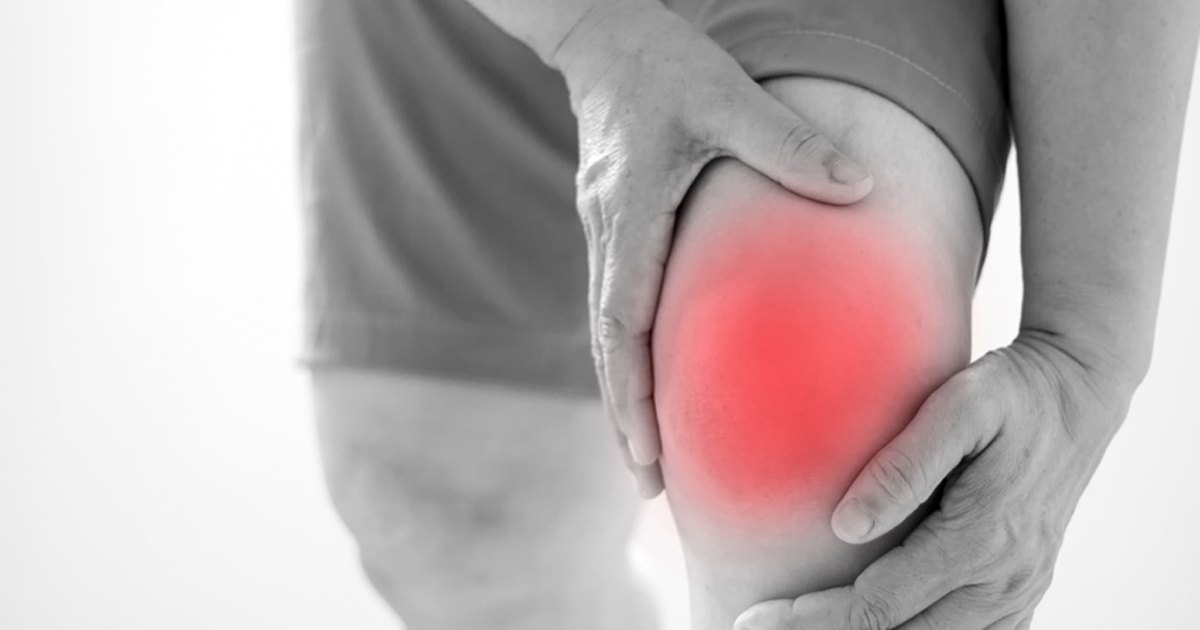Medial knee load strongly linked to increased walking knee pain
Medial knee load is strongly associated with increased knee pain experienced during walking, according to findings published in Arthritis Care & Research.
“Aberrant loading and increased pain during walking are both salient features of knee [osteoarthritis]; however, the associations between measures of knee load and pain remain unclear,” Trevor B. Birmingham, PT, PhD, of the University of Western Ontario, and colleagues wrote. “When medial knee load is represented as the external knee adduction moment during gait in patients with medial tibiofemoral OA, cross-sectional studies suggest the association between load and pain is very low and of questionable importance.”
In addition, Birmingham and colleagues wrote that, although such studies “reflect the existing variation in patient characteristics, they include several factors (known and unknown) related to knee load and pain that may confound their association.”
To determine the association between dynamic knee load and pain related to walking, the researchers analyzed baseline information from a database of patients who participated in studies of rehabilitative and surgical interventions for knee OA. Information the researchers extracted from the database included adduction moments, pain scores and Kellgren and Lawrence grades at baseline.

Focusing on 265 patients with OA located chiefly in the medial tibiofemoral compartment, and with knees discordant for pain with walking. In addition, participants included in the study were required to have one knee classified as “increased pain” and the other knee as “not increased pain.” Each of the patients rated their pain in each knee on a scale of 0 to 10 before and after completing a 6-minute walk. Immediately following the walk, participants underwent 3-D gait analysis with an eight-camera motion capture system.
According to the researchers, the peak knee adduction moment (OR = 2.43; 95% CI, 1.77-3.33) and knee adduction impulse (OR = 6.62; 95% CI, 3.46-12.7) — which were used as proxies for medial knee loading — were associated with increased pain. These associations remained significant even after controlling for radiographic disease severity. In addition, knees in the highest loading quartile had 4.7 times (with peak adduction moment) and nine times (with knee adduction impulse) greater odds of experiencing increased pain related to walking, compared to knees in the lowest quartile.
“The present results suggest a strong association between knee load and knee pain,” Birmingham and colleagues wrote. “Specifically, depending on the measure of medial knee loading used, point estimates indicate knees in the highest loading quartile have approximately 5 or 9 times greater odds of experiencing increased pain with walking compared to knees in the lowest loading quartile.” – by Jason Laday
Disclosure: Birmingham reports no relevant financial disclosures. Please see the study for all other authors’ relevant financial disclosures.
